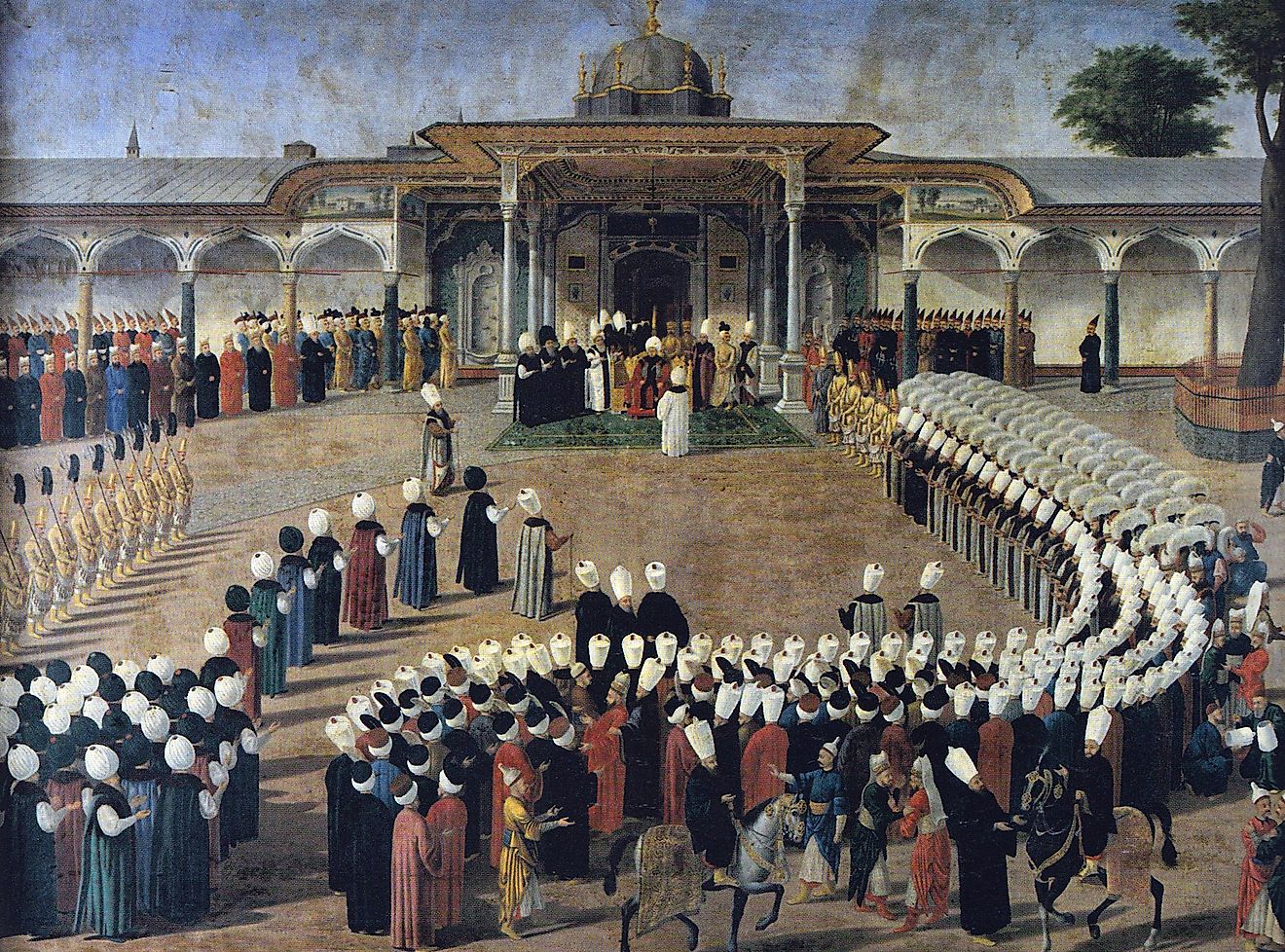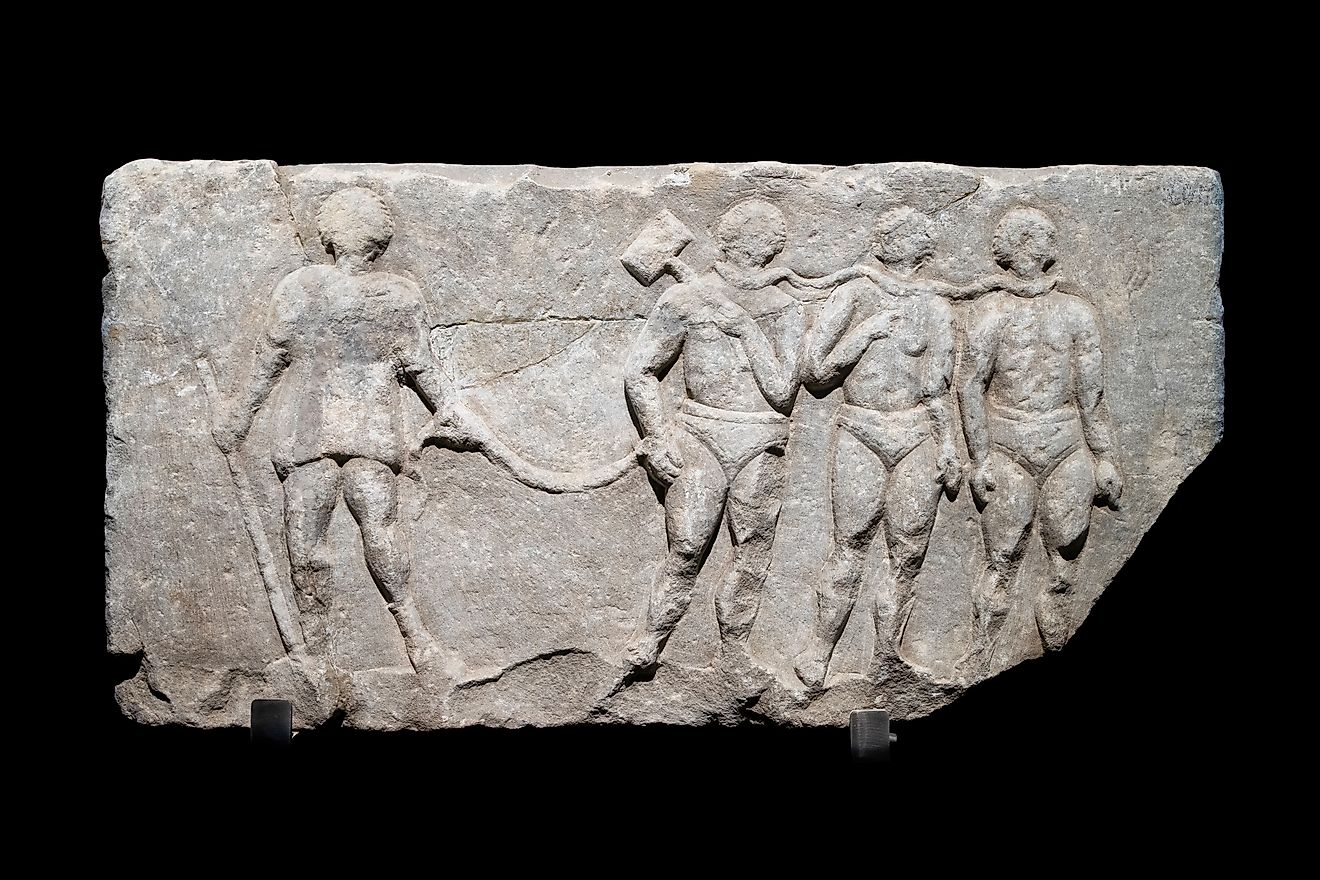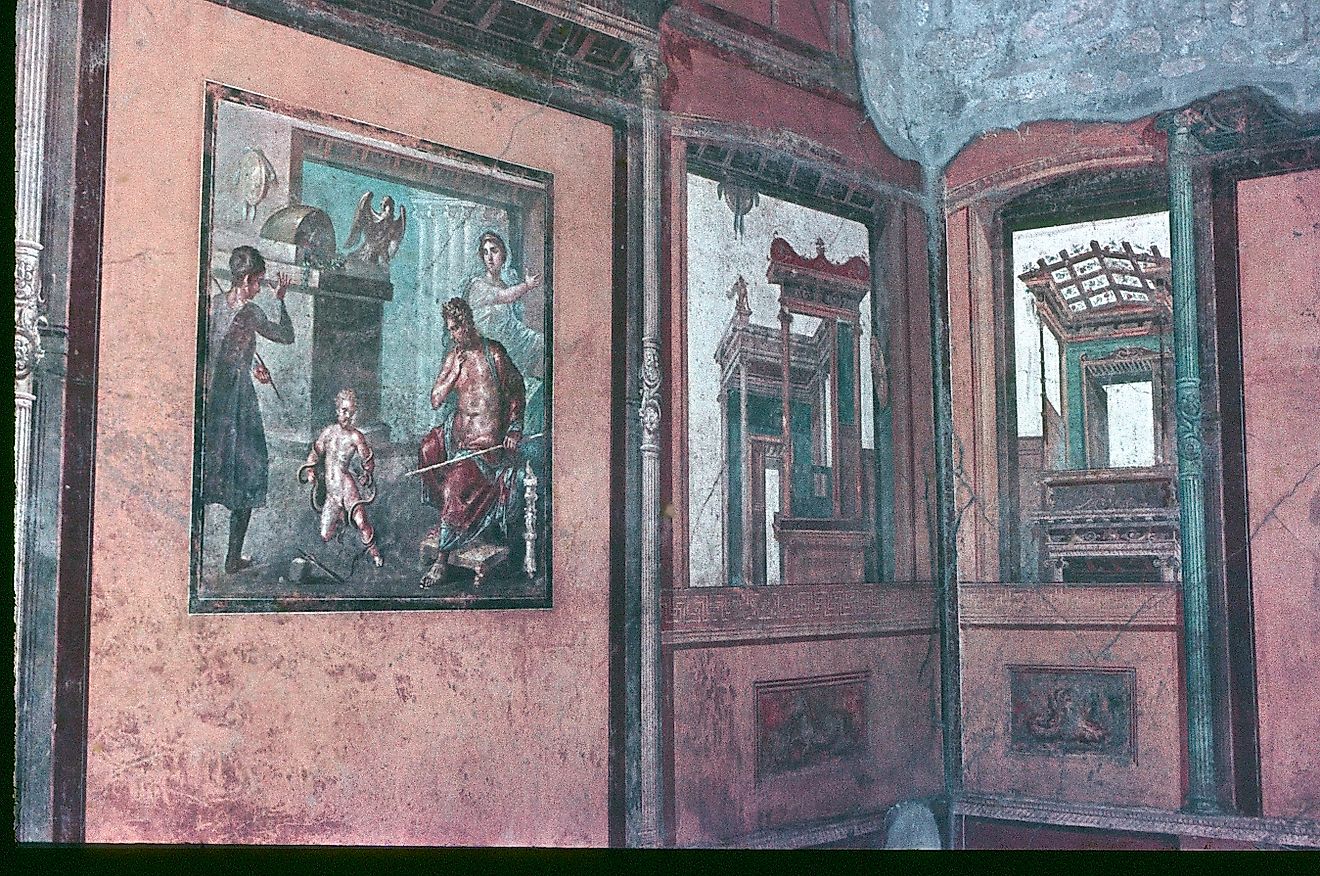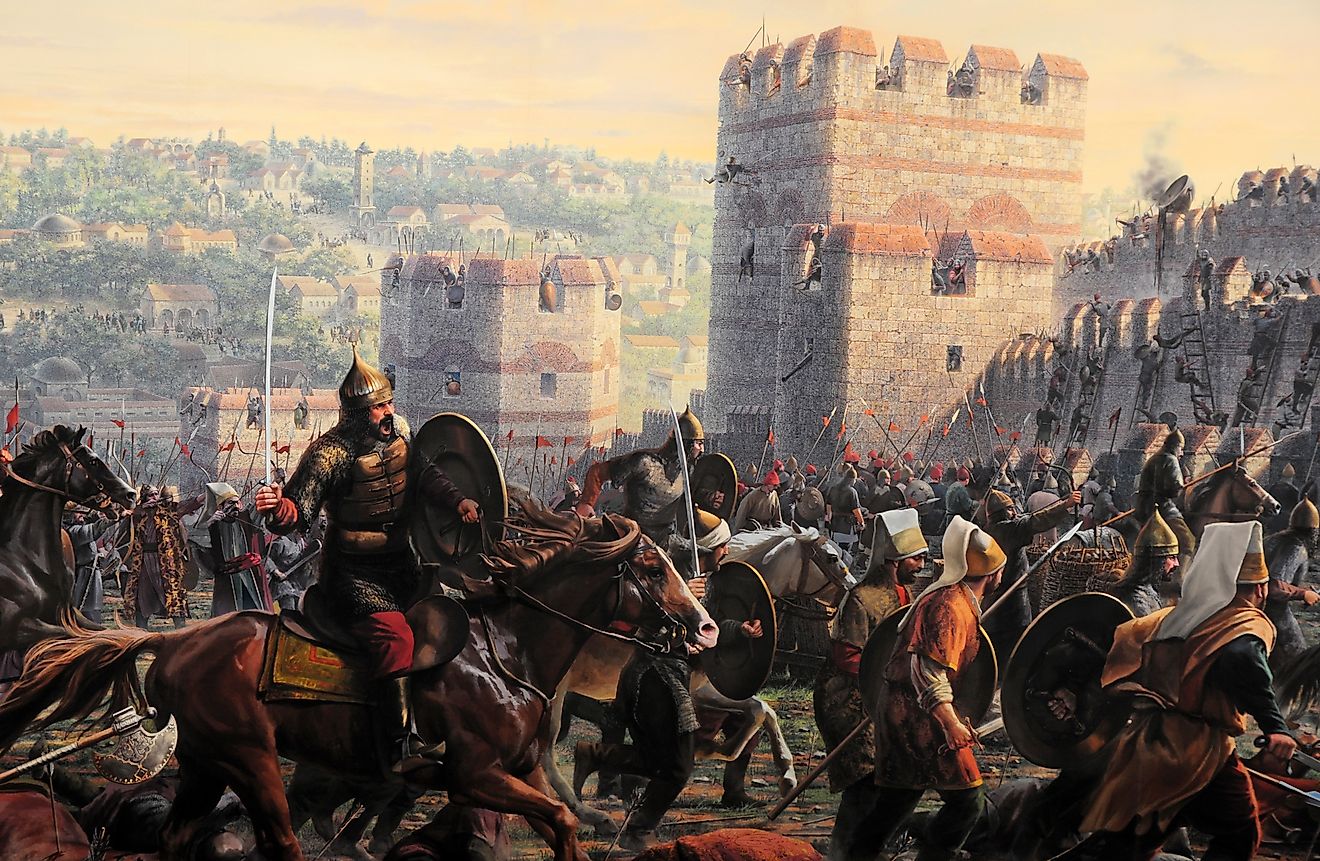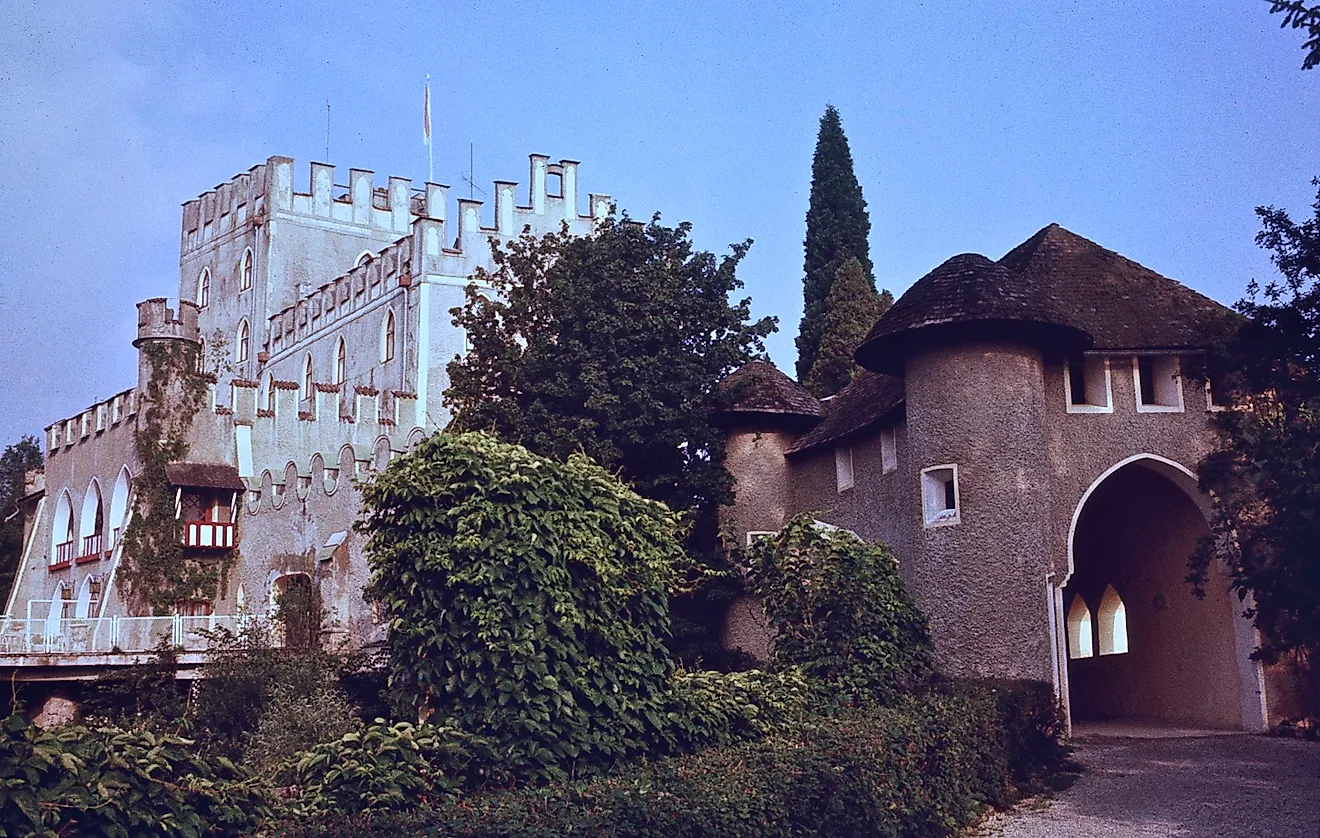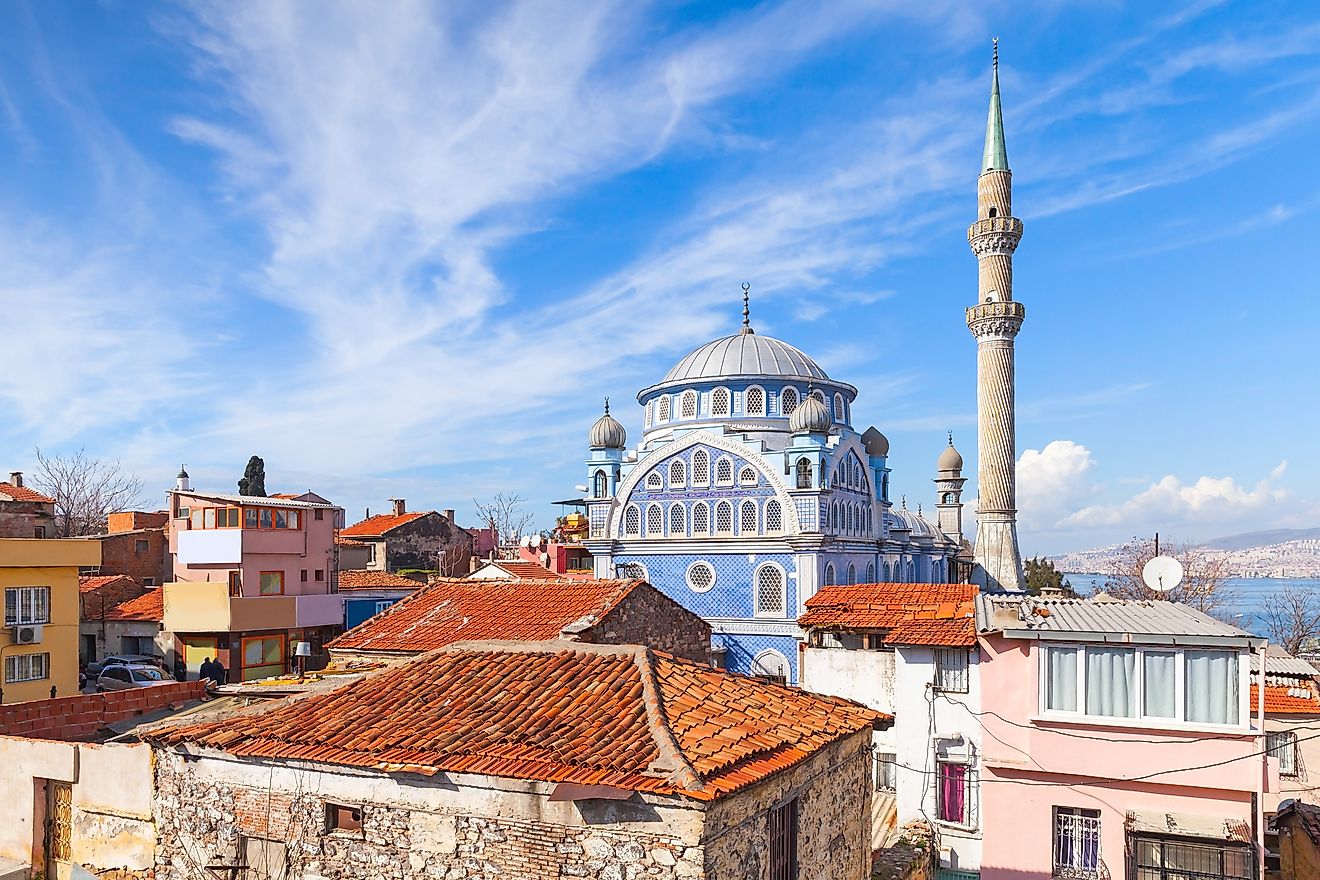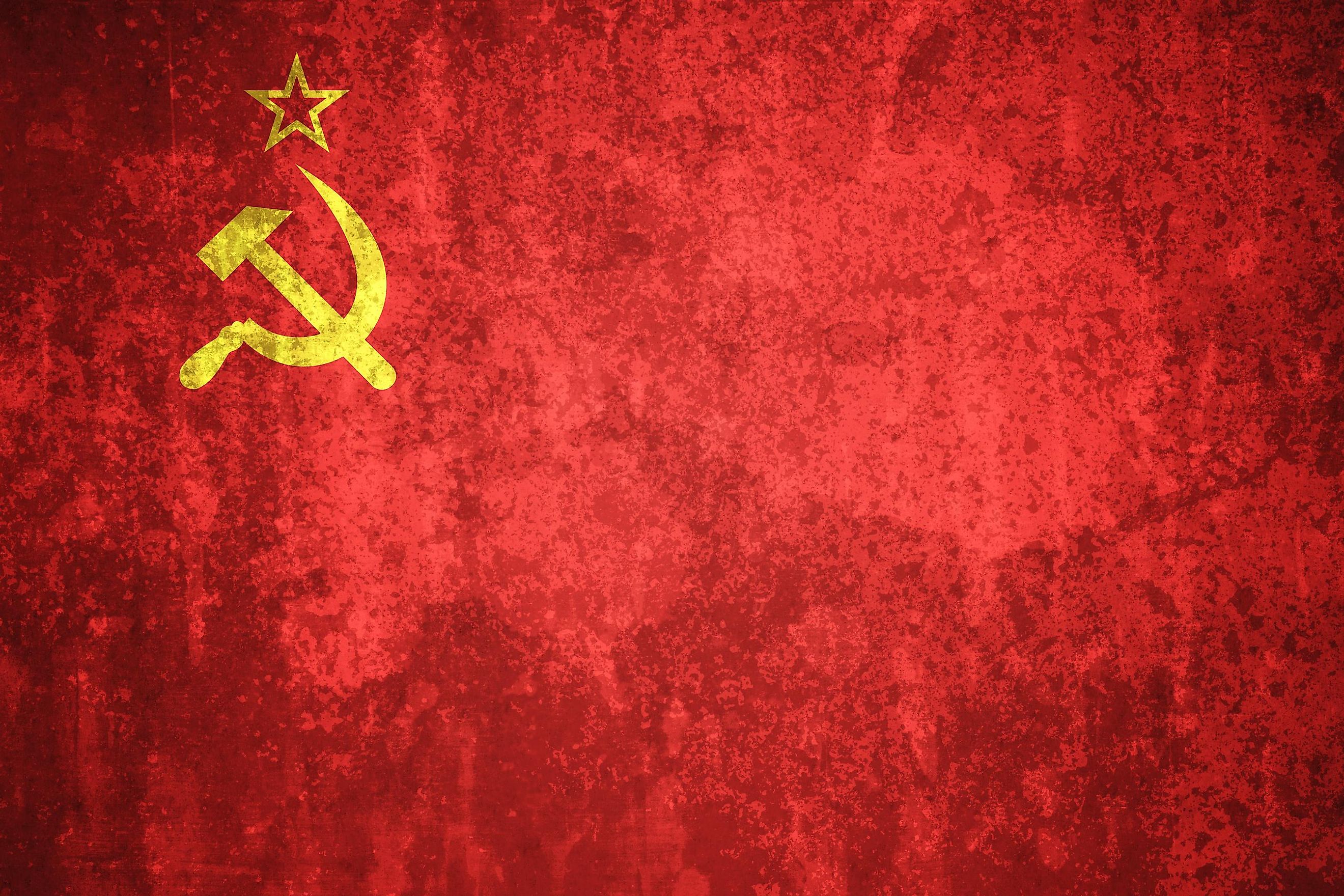
The Soviet Union: Why and How Did it Fall?
After the Russian Revolution, the Soviet Union (USSR) came into being in 1922. Following the end of World War II in 1945, it emerged as one of the two predominant world powers, along with the United States. Thus, many believed it would survive for decades, even centuries. However, these predictions were incorrect, and the USSR was dissolved in the early 1990s. But what caused this collapse? How could a country with that amount of power and influence cease to exist in a relatively short time span? Providing some answers to this question will be the focus of this article.
Mikhail Gorbachev
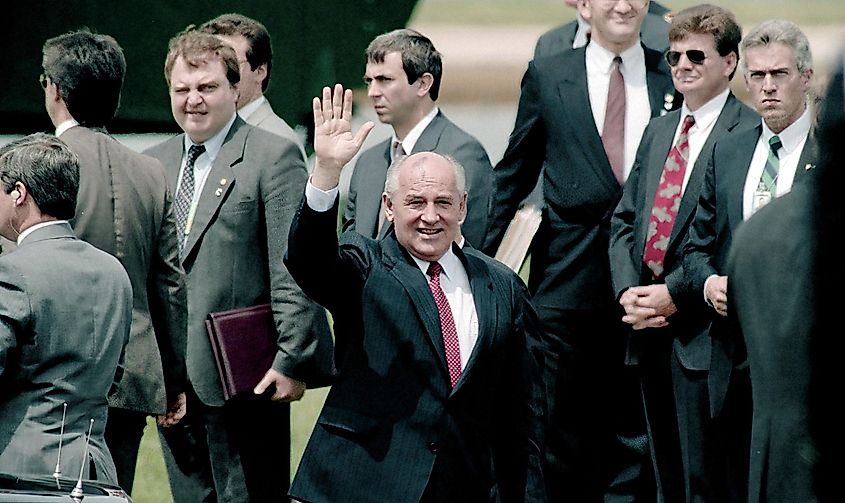
On March 11th, 1985, Mikhail Gorbachev became General Secretary of the Soviet Union. Leonid Brezhnev, the last Soviet leader who had a real impact, cracked down on political dissent but oversaw a stagnant economy (not helped by the disastrous invasion of Afghanistan). Gorbachev aimed to address these issues, viewing them as potentially fatal to the Soviet system. Therefore, among others, he enacted two major policies: perestroika (economic restructuring) and glasnost (openness). Regarding perestroika, Gorbachev opened the highly centralized and planned Soviet economy to some limited forms of free enterprise. Perhaps the most evocative example of this was the first McDonald's in Moscow in 1990. On the other hand, glasnost involved increased, albeit limited, forms of free speech. Gorbachev thought that allowing for more freedom in this regard would encourage constructive criticism that, in turn, would improve the Soviet system.
The Chornobyl Disaster
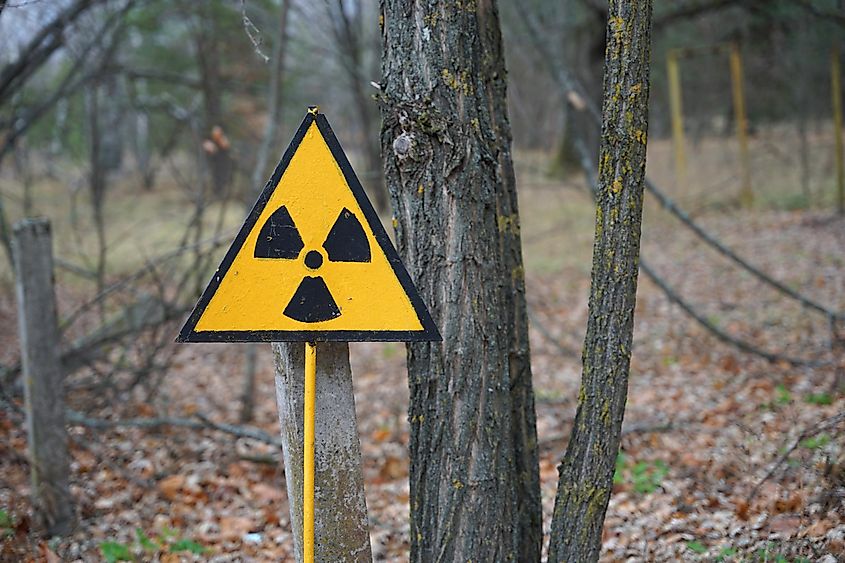
While perestroika had some positive effects, it was nowhere near as successful as Gorbachev had hoped. Furthermore, rather than fixing the Soviet system, glasnost's limited "openness" caused significant tensions. For instance, Gorbachev still tried to conceal the 1986 Chornobyl Disaster, in which thousands ultimately died. Once uncovered, it caused anger amongst many Soviet citizens, snowballing into mass protests focused on the USSR's terrible environmental record. More and more protests occurred in subsequent years, from the soon-to-be Baltic states, to the Caucasus, to Ukraine. While differing slightly in their exact purpose, these demonstrations all expressed general discontent with the Soviet government. When paired with an already problematic economy--which was not helped by the Chornobyl recovery costs and the aforementioned Afghanistan War--the USSR was in a much more precarious position than it once was.
The Fall of the Berlin Wall

By 1989, these protests had transformed into full-on revolutionary movements, not just in the USSR but across the entire Eastern Bloc. In February of that year, Solidarity, an independent Polish trade union and anti-authoritarian movement, had many of its members win seats in the first partially free election. In April, 150 miles of barbed wire was dismantled on the Hungarian-Austrian border. However, perhaps the most significant event was the collapse of the Berlin Wall on November 9th. The East German government had announced that day that limited border crossings into the West would be allowed. Overwhelmed by the number of people trying to cross, guards opened the barrier to everyone, effectively ending the divide between East and West Germany.
Declarations of Independence, Loss of Russian Support, and the Dissolution of the Soviet Union
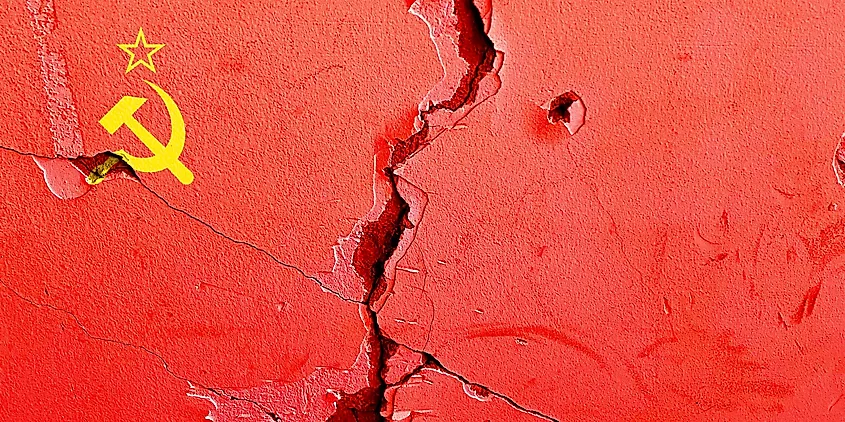
The fall of the Berlin Wall was followed by declarations of independence by many Soviet Republics. Some of the most notable examples included Estonia, Latvia, and Lithuania, all declaring statehood in 1990. However, perhaps the most critical blow to the USSR was the loss of Russian support. Throughout the turmoil of the previous years, an increasing number of Russians felt that more money should be spent on Russia rather than the other parts of the Soviet Union. One of these nationalists, Boris Yeltsin, was elected president of the Russian Soviet Federative Socialist Republic in June 1991. This election signaled that the USSR was on its last legs, as Russia provided the vast majority of its population and economic support. Ultimately, despite tensions and even a coup attempt by Soviet hardliners, a series of agreements and accords culminated in the Soviet parliament voting the USSR out of existence on December 26th, 1991.
Conclusion
The collapse of the Soviet Union is messy and complicated. No short article can do it justice. Nevertheless, hopefully, some light has been shed on why and how one of the most powerful countries of the 20th century ceased to exist.
